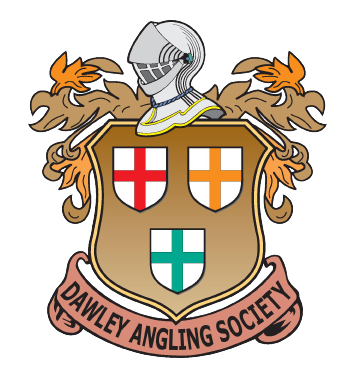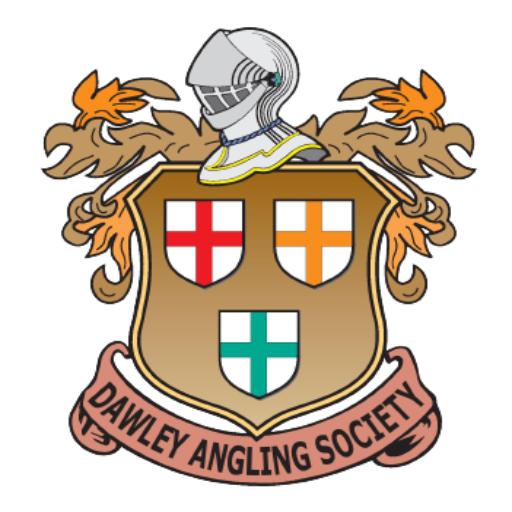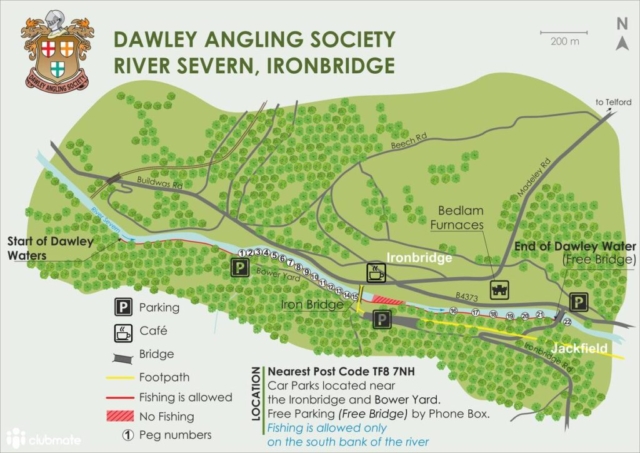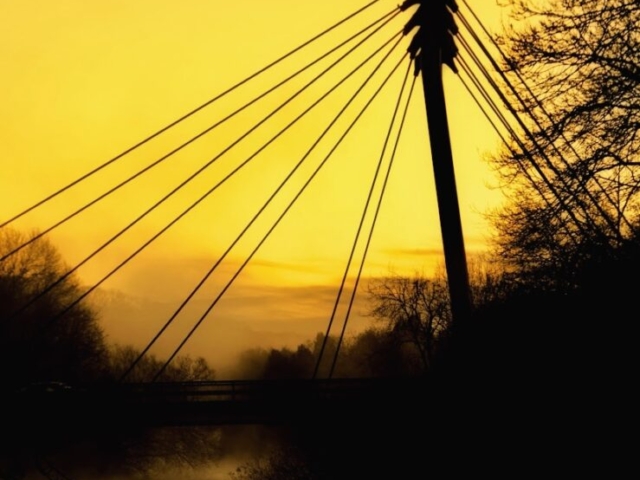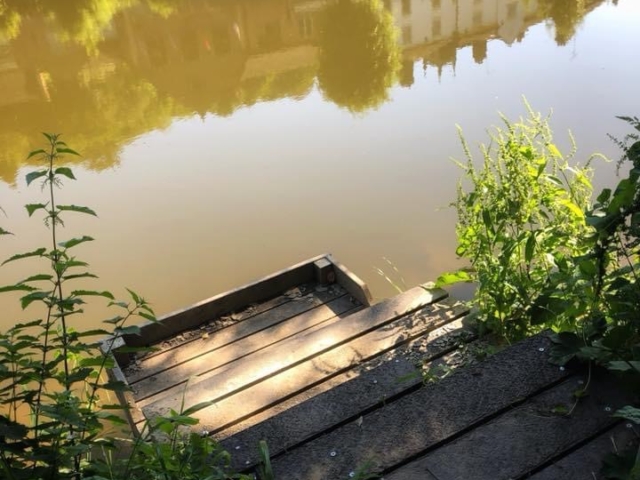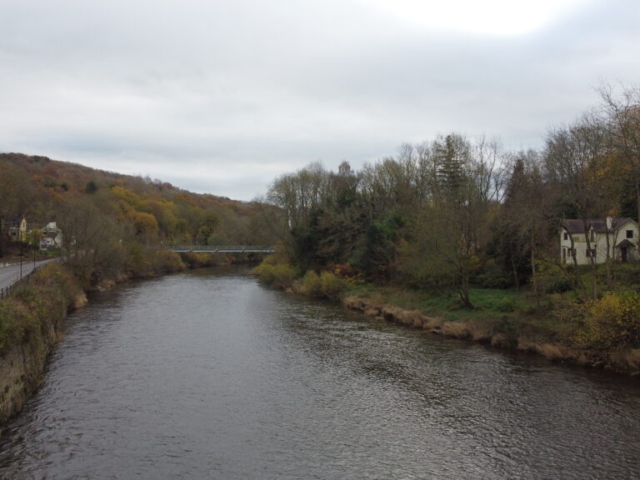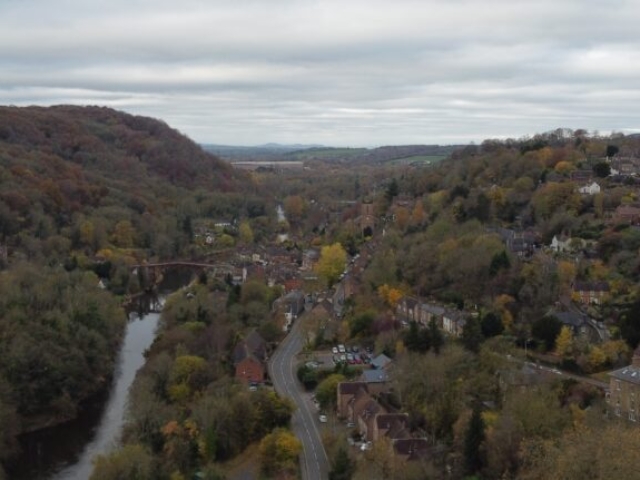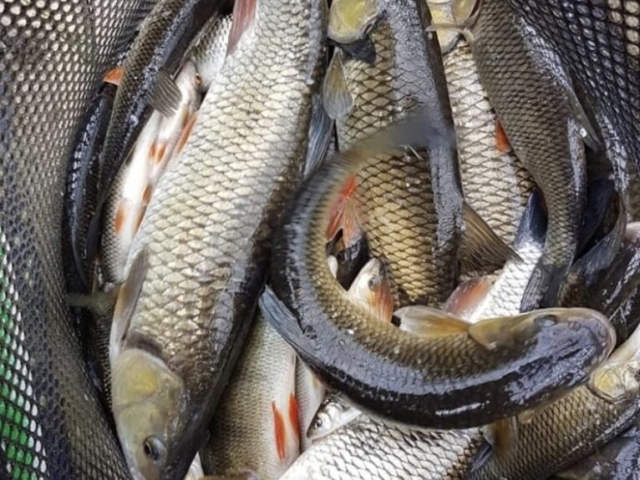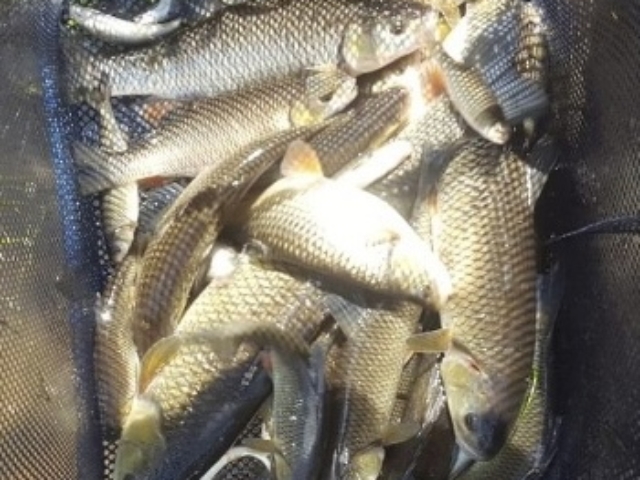Brief description of fishery:
In 1948 the Society negotiated with the Willey Estate for tenancy of the stretch of River Severn at Ironbridge. Negotiations were successful and now, almost 75 years later, we still have the fishing rights for this fantastic stretch, although it is now leased via Severn Gorge Countryside Trust.
Our 1.5 mile stretch of the River Severn, flows through the heart of the prestigious UNESCO Ironbridge Gorge World Heritage Site and is well known in angling terms and nationally renowned. Over the years under our control, the stretch has hosted many high-profile matches including County Championships, Winter Leagues, and ‘Open’ matches, many of these attended by anglers from all over the UK.
The stretch is made up of three distinct sections, each containing roughly 20 pegs for your enjoyment.
The Woods – this is the upstream section that runs from the old Power Station fence (opposite Ironbridge Rowing Club) downstream to the bend opposite the Museum of the River. This is mainly a deep, slow section and is a good winter section for catching the resident Roach and Dace, as well as Barbel and Chub. The pegs at the very top of the stretch, adjacent to the old power station outflow, have sometimes had Carp and Bream caught from them, fish that are quite rare in this part of the river. Depths along this section can get as deep as 18 to 20 feet in places, before the river shallows adjacent to the Antiques Centre. Unfortunately, the Woods do suffer from winter flood damage and therefore the fishing is mainly from the natural bank and not formal pegs.
The Gardens – this section is known as the Gardens because the fisherman’s path and fishing pegs run along the boundary fences of the houses in Bower Yard. This section runs through Ironbridge town centre, following the route of The Wharfage on the opposite bank. The river continues downstream and flows under the world-famous Iron Bridge. Here you have the unique opportunity to fish from a peg in full view of the Ironbridge, which is a spectacular sight.
This section benefited from a £30k Sport England grant several years ago, which we used to install recycled plastic pegs, which are strong enough to withstand the onslaught of floodwater. Paths and steps were later improved via an Angling Trust Fishery Improvement grant.
This section fishes well all year round. In the summer when levels are lover, the resident Chub can be caught with a waggler or stick float approach, or with a feeder fished towards the natural features along either bank. Summer Roach can also be caught in the deeper swims with hemp and tares. Match weights on this section often run into double-figure weights, especially in the winter when shoals of Roach, Dace, Chub, and Bleak move into the shelter of the Town Centre, and big weights can be caught on a variety of methods including whip and pole over ground bait and stick float and waggler fished further out into the flow.
Access for this section is via Bower Yard and parking is available at the lower end adjacent to the picnic site and at the far end of Bower Yard, past the last residential property.
Canyon and Fast water – The final section downstream of the Ironbridge, initially runs through two narrow but deep canyons, where Barbel runs to double figures and is best fished for with swim feeder tactics. Due to the terrain, there are no formal pegs in the canyons, but you can fish from the large natural boulders at the edge of the water. Strong line and heavy feeders are advised here, as the flow is strong and the Barbel quickly runs towards the rocky ledges and crevices.
The river widens at the noted ‘Lakes Head Hole’ peg which is directly opposite the Bedlam Furnaces (on the B4373). This peg marks the point where the water turns to shallow rapids and the Barbel and Chub can be caught here by casting a feeder into the natural ‘V’s where the water starts to break. From this point downstream to the Free Bridge, there are formal recycled plastic pegs, from which you can fish swim feeder or shallow float techniques to catch the resident Chub, Barbel, and Dace. Large Perch can also be caught on this stretch, casting a swim feeder to the trees that line the bank. The Free Bridge marks the end of the DAS stretch.
- A maximum of two rods or poles per angler to be used at any time.
- Barbless hooks only on stillwaters.
- Maximum size 12 hook on stillwaters.
- NO FLOATING BAIT of any kind, on-hook or loose feed.
- No shelf-life boilies, frozen boilie feed baits only.
- Boilies, pop-ups, wafters, and match boilies can be used as hook baits.
- No tiger nuts.
- Unused baits are not to be left on the bankside.
- No fishing between pegs.
- No night fishing.
- No fires on, or around pegs.
- Keepnets are not allowed, unless in an official contest.
- All fish over 4oz must be landed with a landing net, to protect the fish.
- No rods or lines to be left in the water unattended.
- There must be 6 inches of line between the rod/pole tip AND 6 inches of line between
the float and hook. - No free-lining, afloat, feeder or leger must always be used.
- All fish must be returned to the water alive and unharmed.
- NO FISH ARE TO BE REMOVED FROM THE WATER, DEAD OR ALIVE!
- If a fish is dead, please leave it in the water for the bailiff’s attention.
- Anglers will be held responsible for the removal of ALL litter when leaving the peg,
irrespective of whether or not the litter was present on arrival. - No alcohol or drugs.
- No loud music.
- The use of bad language and/or abusive behavior in any Society venue will not be tolerated.
Address
Right bank downstream from old power station fence to Free Bridge Jackfield, Telford.
Access & Parking
Parking for the upstream section is off Bower Yard TF8 7AZ.
Parking for the middle section is off Severn Valley Way (adjacent to Ladywood).
Parking for the downstream section is at the junction of Lloyds Head and Free Bridge (B4373).
Species
- Barbel
- Bleak
- Carp
- Chub
- Eel
- Gudgeon
- Perch
- Pike
- Roach
- Rudd
